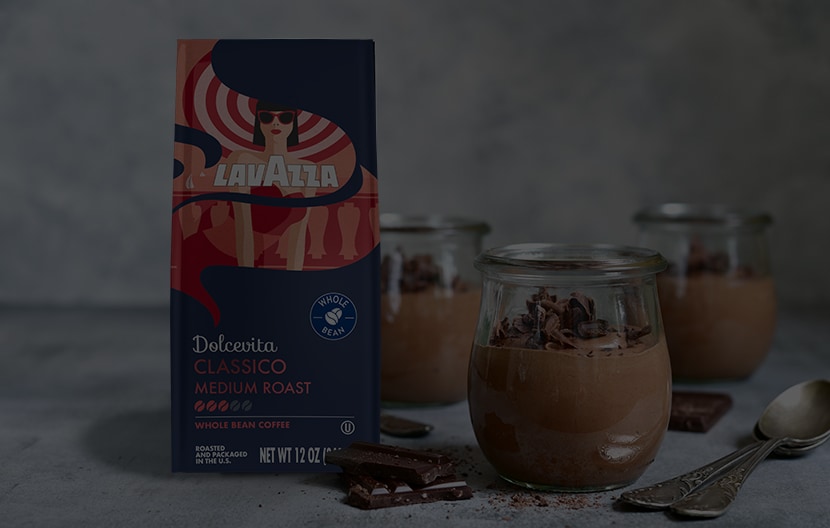*Lavazza is not affiliated with, endorsed or sponsored by Nespresso


The most frequently asked coffee questions and answers
The following article will try to provide a few answers to some of the most common and frequent questions concerning the world of coffee, so that coffee lovers will be a little more aware when it comes to consume their favourite beverage!
How much caffeine is in a cup of coffee?
There is around 95 mg of caffeine in an average cup of coffee. Though, the percentage depends on several factors, including beans, brewing method, and roasting. However, although the concentration of caffeine may affect the flavor, it should be relatively consistent regardless the size of your cup, whether it is a 30 ml espresso or a 250 ml filter brewed coffee.
Does coffee have more or less caffeine than tea?
Although caffeine content may in fact differ by the type of beverage type and the preparation method, the amount of caffeine in tea or coffee may substantially vary according to the quality, the origin, and the preparation of your drink. Tea leaves usually contain 3.5% caffeine, while coffee beans hold a percentage around 1.1–2.2%. Furthermore, consumers tend to use more coffee beans than tea leaves for a single drink. These contributing causes mean a cup of brewed coffee generally contains more caffeine than a cup of tea.
Do light roasted and dark roasted differ in terms of caffeine?
Despite dark coffee may taste more intense and people usually think light roasted coffee preserves more caffeine, neither one nor the other are able to reach a temperature that is high enough to destroy caffeine. This means the caffeine content of each is basically the same.
Which countries produce coffee in large quantities?
Nowadays Brazil produces around 40% of the world’s total supply of coffee, less or more the half of what it used to be about at the beginning of the 20th century. As the true powerhouse of coffee production, many Brazilian territories do have a climate that perfectly suits coffee farming. This means, coffee plantations cover over 27,000 square kilometres in the whole country, while the most important cultivation areas are in Minas Gerais, São Paulo and Parana regions.
The wide influence of the country in the trade of coffee can be perceived as we think of the 60-kilogram burlap bags traditionally used to export beans from Brazil, still nowadays representing a worldwide standard measure.
In second place for world coffee production, we find Vietnam, whose role in international market is mostly connected with the export of more bitter and less-expensive Robusta bean, as more than 40% of the world’s production of this quality takes place there. Though coffee has been cultivated in Vietnam for ages, its production was encouraged during the 90ies. Furthermore, Vietnamese coffee cultivation is in fact extremely productive: the country’s coffee yields are remarkably higher than those we find in the other top coffee-producing nations.
Colombia is no doubt another renowned producing country, as Colombian coffee is well-known for its delightful and aromatic fruity flavors. The South American country is soon followed by Indonesia, where a few of the rarest and most expensive coffee qualities – including the famous Kopi Luwak – are produced and exported in Western countries.
Prized for its full-flavored and amazing full-bodied coffee beans, Ethiopia is to be seen as the country where Arabica – the most widely consumed quality all over the world – originated and was initially cultivated. It is interesting to notice how these top producing countries are in fact all located in the neuralgic “Coffee Belt”, right between the Tropic of Cancer and the Tropic of Capricorn.





























